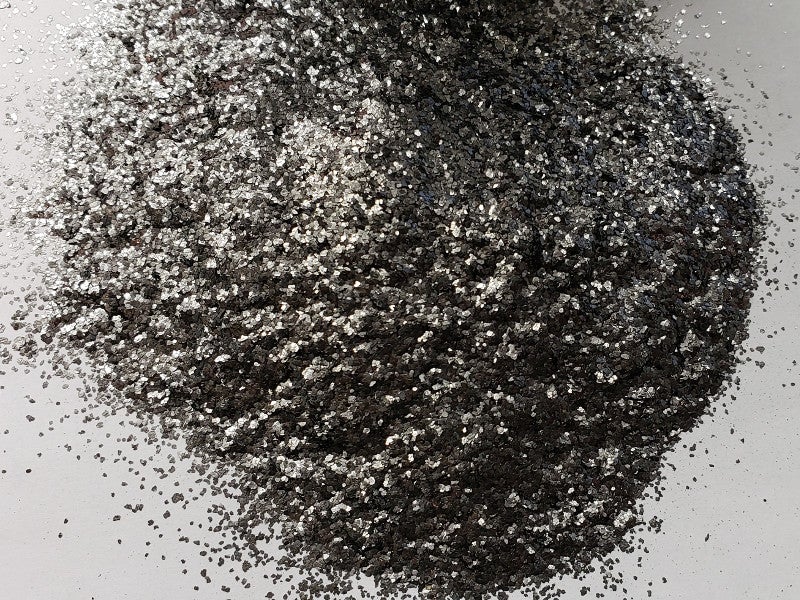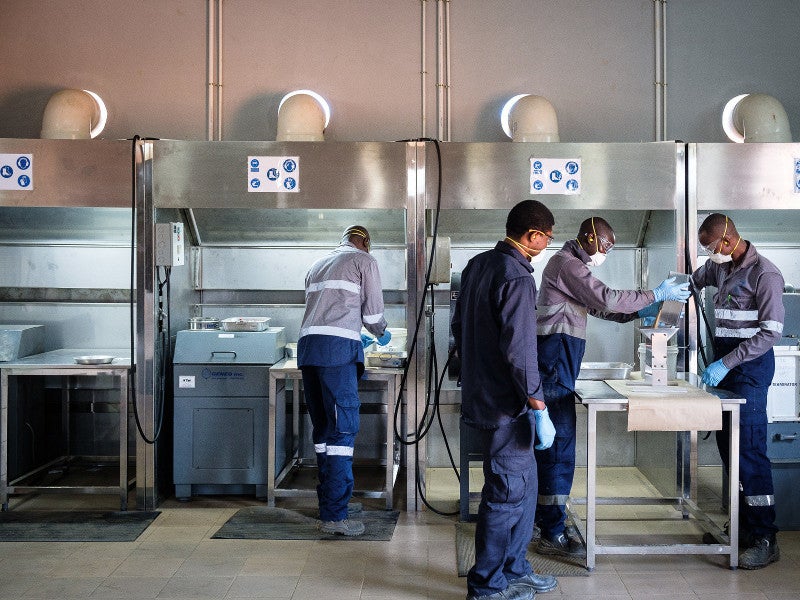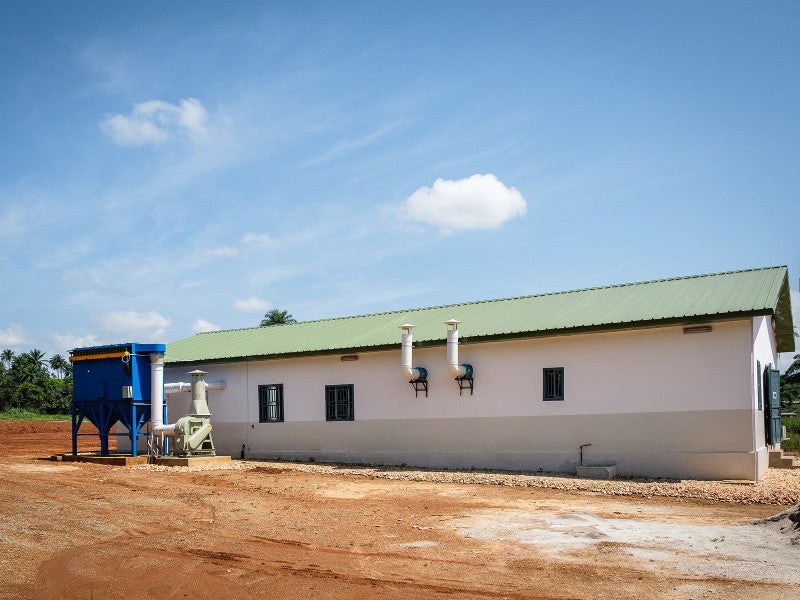The Lola graphite project, located in the south-eastern region of the Republic of Guinea, represents one of the world’s biggest surface graphite deposits.
SRG Mining, a Canadian mining major, owns and operates the project through its subsidiary Sama Resources Guinée.
The preliminary economic assessment (PEA) for the project was concluded in 2018, followed by a positive feasibility study (FS) that was started in September 2018.
Environmental approval for the project was granted by the Government of Guinea in April 2019, while the FS results were announced in July 2019.
With an estimated capital expenditure of £101m ($123m), the Lola graphite project is expected to produce 54,600 tonnes (t) of graphite flakes a year, over an estimated mine life of 29 years.
The average operational cost per tonne of graphite is estimated to be £367 ($447), excluding transportation costs, during the first 16 years of operations.
Lola graphite discovery
The Lola deposit was originally discovered in 1951 by the Bureau Minier de la France Outremer (BUMIFOM) while constructing the Conakry-Lola road in Guinea.
It was further explored by digging up to 309 shallow pits until 1955. The deposit, however, remained dormant after Guinea’s independence from France in 1958, until its rediscovery by Sama Resources in 2012.
Location, geology and mineralisation
The Lola graphite deposit is located approximately 3.5km west of the town of Lola in south-eastern Guinea and approximately 50km away from the Guinea’s international border with Côte d’Ivoire.
The mine is covered by four mining licenses, collectively named Permis de Recherches 4543, that occupy a total area of 380km². The current project, however, covers a surface area of 93.5km².
The regional geology is characterised by graphite-rich granulite-gneiss rock belonging to the Precambrian Age.
The graphite mineralisation at the Lola deposit occurs over a strike-length of 8.7km with an average width of 370m.
The Lola deposit is characterised by saprolite surface mineralisation, which extends into the fresh rock bed up to 32m-deep.
Reserves
The Lola deposit was estimated to contain 42 million tonnes (Mt) of proven and probable reserves, grading 4.17% graphitic carbon, as of June 2019.
Mining and ore processing
Lola will be a conventional open-pit mining operation involving excavators, loaders, and haul trucks. The mining operations will be started after a pre-production phase of five months, during which overburden and waste rock will be stripped to expose the mineralisation.
The run-of-mine (RoM) ore will be trucked to an on-site processing facility, where it will be crushed, scrubbed, and ground, before entering a conventional flotation circuit for the recovery of graphite concentrate.
The graphite concentrate obtained through floatation will further undergo thickening, filtration, drying, and screening, before being packed in bags for shipment.
The overall graphite recovery from the mine is estimated to be 84.2%.
Infrastructure facilities
The Lola site will be accessed by a new 500m-long road connecting the Highway N2, which connects Lola with Guinea’s capital Conakry.
Electricity will be supplied by an onsite power facility, which will house three 2MW heavy fuel generator units. Two generators will be in operations, while one will be on standby.
Other infrastructure facilities for the project include a waste rock dump yard, tailings ponds, and a metallurgical laboratory, apart from other ancillary buildings and facilities.
Water will be reclaimed from the tailings ponds in order to minimise the freshwater requirement for operations.
Contractors involved
Met-Chem, a wholly-owned subsidiary of the DRA Group, was the lead consultant, which prepared the PEA as well as the FS reports for the Lola graphite project.
Mine Design Engineering conducted the mine geotechnical fieldwork, while Sahara Natural Resources was engaged for the civil geotechnical fieldwork.
Caracle Creek International Consulting (CCIC) provided mineral resource estimates for the project.
Mineral assay sample preparation and laboratory tests were conducted in collaboration with Veritas Laboratory, Côte d’Ivoire, and Activation Laboratories, Canada.
EEM Sustainable Management, Sylvatrop Consulting, and Guinée Environment Services were engaged for preparing the environmental study report, while Giovannetti Consultant was engaged for preparing the resettlement action plan for the project.





